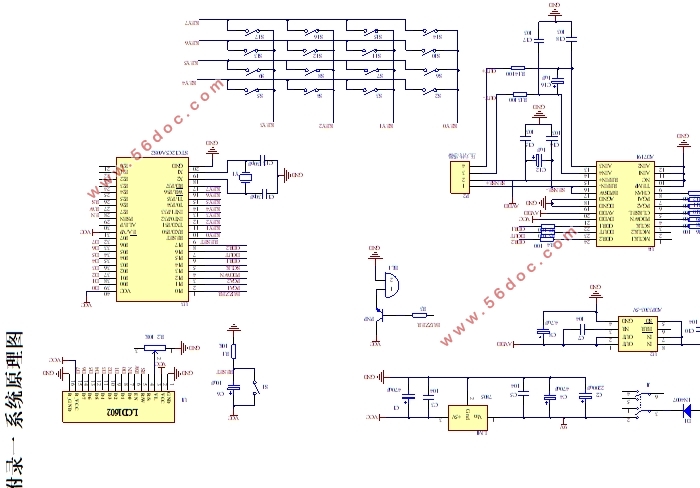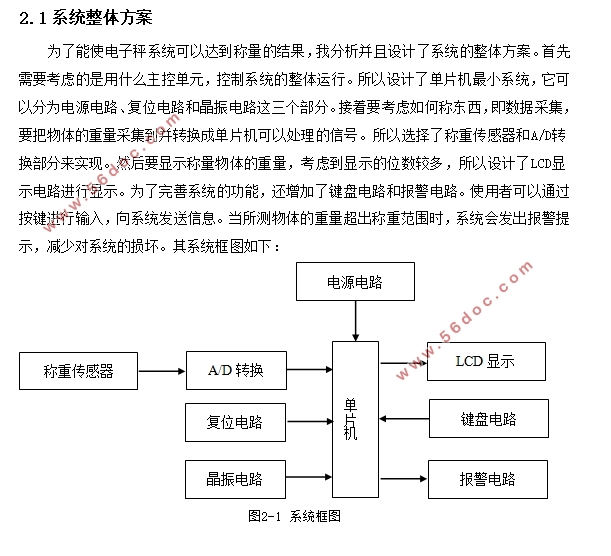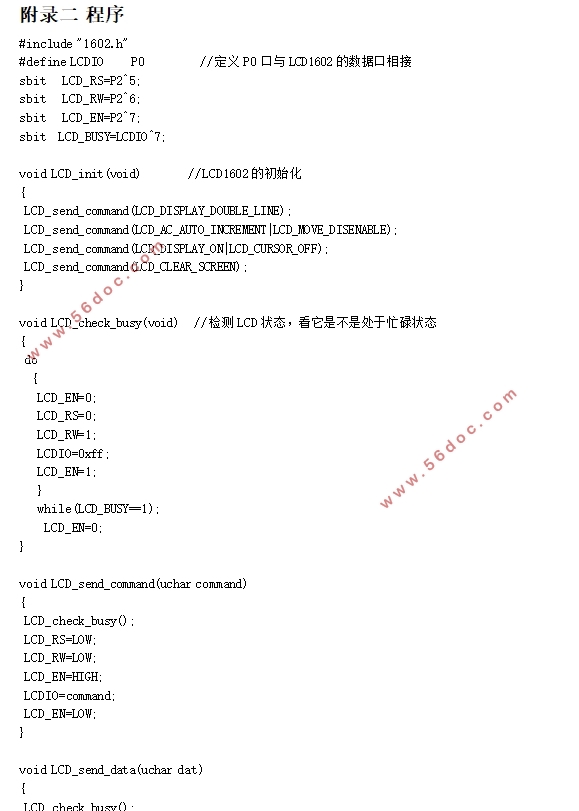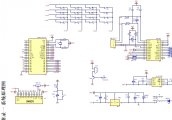基于单片机的精密电子秤设计
来源:56doc.com 资料编号:5D25730 资料等级:★★★★★ %E8%B5%84%E6%96%99%E7%BC%96%E5%8F%B7%EF%BC%9A5D25730
资料以网页介绍的为准,下载后不会有水印.资料仅供学习参考之用. 密 保 惠 帮助
资料介绍
基于单片机的精密电子秤设计(论文15000字)
摘 要
随着科技的进步和生活水平的提高,传统的称重工具已经无法满足市场需求了。针对于这个问题,设计了一种用单片机作为主控单元,可以实现精密测量的电子秤称重系统。这个系统是由称重传感器、A/D模块、单片机最小系统、显示电路、键盘电路和报警电路这几个部分组成的。它可以实现基本称重,键盘输入、数据显示和超重报警的功能。用户把需要测量重量的东西放在称重传感器上,经过A/D模块的信号转换和单片机的信号处理后,被测物体的重量就会显示在显示器上面了。同时,用户可以通过按下按键输入数据,并在物体重量超过称重量程时收到系统的报警提示。
关键词:单片机 精密 电子秤
Design of precision electronic scale based on MCU
Abstract
With the development of science and technology and the improvement of living standards, the traditional weighing instrument can't meet the market demand. For this problem, a kind of electronic weighing system with single chip microcomputer as the main control unit and the electronic weighing system of precise measurement is designed. This system is composed of weighing sensor, A/D module, MCU minimum system, display circuit, keyboard and alarm circuit and these parts. It can achieve the basic weight, keyboard input, data display and overweight alarm function. The user need to put something in the measurement of the weight of the weighing sensor through signal processing, signal conversion module and A/D MCU, measured the weight of the object will be displayed on the display. At the same time, the user can press the key input data, and the weight of the object over the weighing range received when the alarm system.
Key words: microcontroller; precision; the electronic scale;



目 录
摘要 I
Abstract II
第一章 绪论 1
1.1 课题背景和研究意义 1
1.2 研究现状 1
1.3 研究内容 2
1.4 小结 3
第二章 硬件电路设计 4
2.1 系统整体方案 4
2.2 单片机最小系统的设计 4
2.2.1 系统单片机的选型 4
2.2.2 单片机最小系统复位电路设计 5
2.2.3 单片机最小系统晶振电路设计 6
2.3 称重传感器的选择和使用 7
2.4 系统A/D转换电路的设计 8
2.4.1 系统A/D转换芯片的选型 8
2.4.2 系统A/D转换电路的设计 9
2.5 系统显示电路的设计 10
2.5.1 系统显示器的选型 11
2.5.2 系统显示电路的设计 12
2.6 系统电源电路的设计 13
2.7 系统键盘电路的设计 15
2.8 系统报警电路的设计 16
2.9 小结 17
第三章 软件程序设计 18
3.1 概述 18
3.2 系统主程序设计 18
3.3 系统数据采集模块设计 19
3.4 系统按键模块设计 20
3.5 系统显示模块设计 23
3.6 小结 24
第四章 系统的调试 25
4.1 概述 25
4.2 硬件的调试 25
4.3 软件的调试 26
4.4 小结 29
总结 30
参考文献 31
致谢 32
附录一 系统原理图 33
附录二 程序 34
|







